Microdermabrasion Facial: 5 Key Benefits For Smoother Skin
Get flawless and radiant skin with this non-invasive skincare treatment.
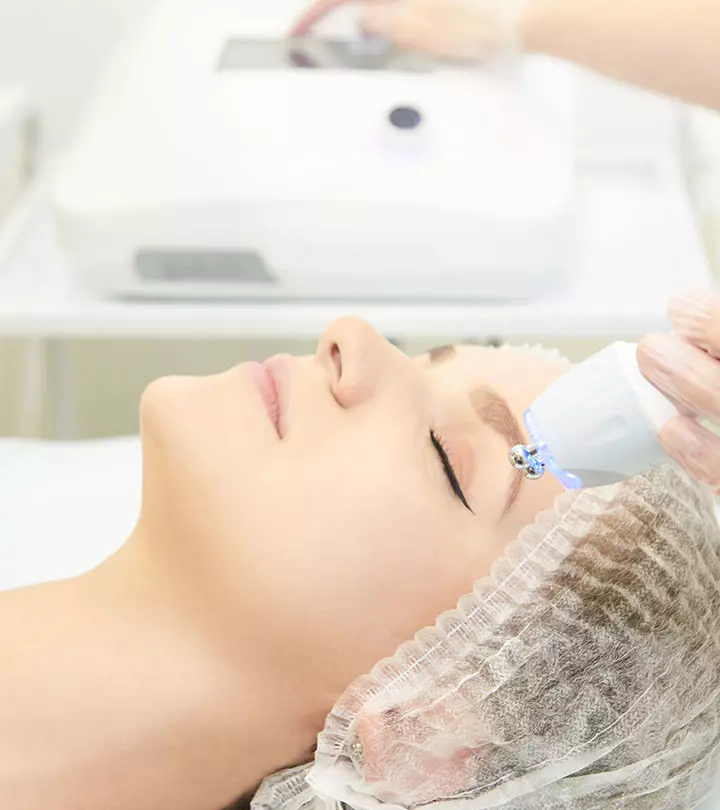
Image: Shutterstock
Microdermabrasion facial is the quickest and easiest way to improve dull skin and uneven texture. This non-invasive beauty procedure helps get rid of dead skin cells, improves skin texture and complexion, speeds up cell regeneration, and helps fade wrinkles and fine lines (1). Microdermabrasion is a fairly safe cosmetic procedure. Keep reading to learn more about the benefits and side effects of microdermabrasion facials.
 Trivia
TriviaIn This Article
What Is Microdermabrasion?
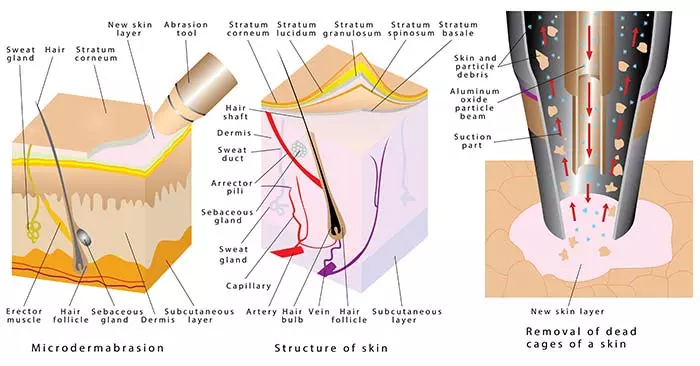
Microdermabrasion is a very gentle and non-invasive procedure (1). The aesthetician uses a device with an exfoliating tip to gently buff away the layers of dead skin cells from your skin. The machine can either have a tip with fine crystals or diamonds.
When the device is used on your skin to remove the uppermost layer, your body interprets it as an injury. To quickly help that area recover from injury, your body tries to produce new and healthy skin cells, and you get fresh and vibrant skin. The entire process takes 30 minutes to finish.
Depending on the type of device used, microdermabrasion is of three kinds:
- Crystal Microdermabrasion
This is an ablative procedure. Ablation is the process of removing dead skin cells from the surface. The device used in this procedure contains aluminum oxide crystals (2). These crystals are released on your skin surface at a very high speed and high temperature. It is a vacuum effect that blasts off the dead skin cells and sucks up the rest.
- Diamond Microdermabrasion
This is an abrasive procedure. It “sands” away the dead cells from your skin. A wand-like device with a diamond tip is used to clear the dead skin cells. It has a special vacuum that sucks the dirt and dead skin cells (3).

- Hydradermabrasion
This is a gentle version of diamond microdermabrasion and is similar to it. It is done with a device that has a vacuum pump tip containing bristle-like heads. These bristles deliver a mixture of serums containing hyaluronic acid or salicylic acid or any other ingredient to your skin. This method exfoliates your skin, helping it absorb products better. In this type of microdermabrasion, the vacuum plays a crucial role. The airflow is reversible, which pushes and pulls your skin. This boosts circulation, collagen production, and improves skin quality (4).
Usually, skin care professionals, dermatologists, and licensed aestheticians perform this procedure. It takes about half an hour to complete. Here is what goes on during the procedure.
Key Takeaways
- Microdermabrasion is a cosmetic procedure that uses crystals or diamonds to remove dead skin cells
- This procedure enhances blood circulation, improves product efficacy, and minimizes the appearance of pores.
- It may cause redness, skin tightness, and minor bruises.
- Do not exfoliate a week before the treatment to avoid irritating the healthy skin cells.
Microdermabrasion Facial: The Procedure
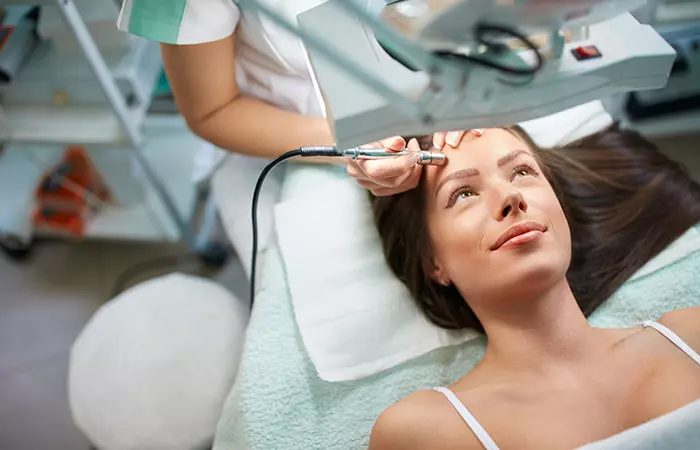
Before the procedure starts, you need to remove every trace of makeup from your skin. So, go to the clinic without makeup and then clean your face with a mild cleanser.
Since this is a non-invasive procedure and painless, it is not necessary to use local anesthesia.
- You will be asked to lie on a reclining chair.
- The aesthetician will then stretch the target area carefully with one hand and use the microdermabrasion device with the other to clear your skin.
- Once the process is over, a hydrating serum or moisturizer and sunscreen lotion are applied to the skin.
This is one of the most popular cosmetic procedures that come with a host of benefits.
Benefits Of Microdermabrasion
1. It is Less Aggressive
Compared to dermabrasion, microdermabrasion is less aggressive on your skin. This makes it suitable for all skin types, including sensitive skin.
2. It Improves Circulation
Microdermabrasion boosts blood circulation to your skin, which improves its internal health
(5). Improved flow of blood means your skin cells receive more oxygen and nutrients. This aids skin rejuvenation and enhances the elasticity and cell processes of your skin.
3. It Enhances Product Efficacy
Once the layers of dead skin that have accumulated on your skin are gone, and your pores are clear, your skin can absorb products much better. This means, if you are using any product for acne or some other skin issue, you can expect better and quick results.
4. It Minimizes The Appearance Of Pores
Microdermabrasion not only unclogs your skin pores but also reduces their appearance
(1). We all are born with a certain pore size. But eventually, a lot of external factors (such as skin inflammation, pollution, and hygiene issues) enlarge them. Microdermabrasion clears the skin, eliminating all the factors that were causing pore enlargement. This may minimize excess sebum production.
5. It Removes Spots And Pigmentation
Microdermabrasion is one of the most effective anti-aging treatments. It can enhance your skin’s appearance by addressing fine lines, wrinkles, and age spots, through suction and abrasion. Microdermabrasion makes your skin smooth, and once the dead skin cells are gone, you can see an immediate brightening effect (1). It stimulates collagen production and cell regeneration, which reduces visible spots and other signs of aging.
Ashley, a skincare enthusiast and blogger, shares her experience of microdermabrasion. She writes, “I personally enjoy the treatment and don’t find it hurts at all but if you are someone that is sensitive, then you may find it to be a little uncomfortable. This treatment is a good way to remove not only dead skin cells, but whiteheads, blackheads and it helps with rebuilding collagen and helping with age spots/sun damage and even fine lines and wrinkles.” She further adds, “It is so important to get a good facial or Microdermabrasion once in a while to remove all the impurities on your skin. By doing this, your skincare products can penetrate better and deeper into your skin so that they actually work and do something for your skin (i).”
Above all, it is completely safe. However, there are a few side effects that you may experience. But don’t worry. These are just temporary effects that you may see on your skin surface right after the treatment. These are gone in a day or two.
Microdermabrasion Side Effects
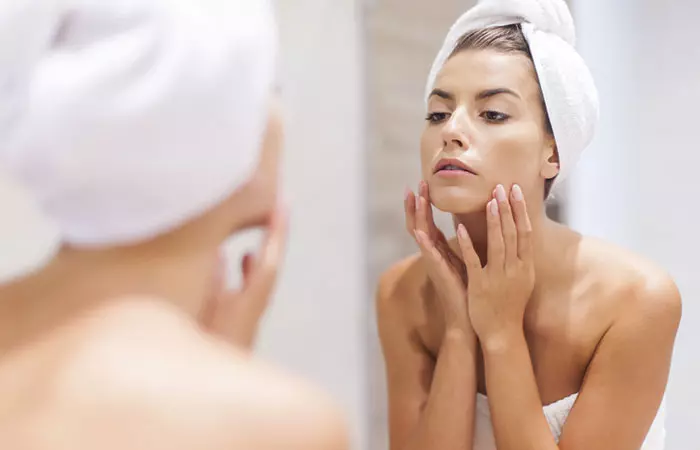
Immediately after the treatment, you may experience (1):
- Redness of the skin
- Minor bruises
- Skin tightness
- Skin sensitivity
- Small abrasions
- Telangiectasia (broken blood vessels)
It is unlikely to develop telangiectasias. However, severely sun-damaged or fragile skin, those on blood thinners, and those with other medical conditions may be predisposed to developing broken blood vessels.
Now, there are certain things you should keep in mind before getting microdermabrasion to ensure that you get the best out of the procedure.
Things You Should Consider Before Trying Microdermabrasion
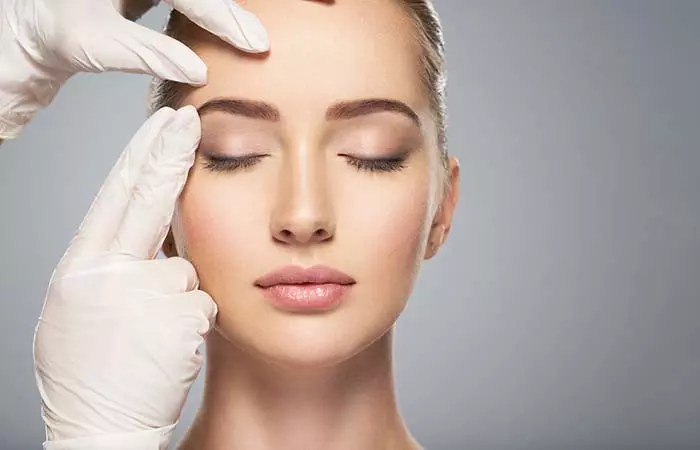
1. Do Not Exfoliate Before The Treatment
If you are considering microdermabrasion, you have to hit the pause button on your exfoliation regimen before you undergo this procedure. This means no scrubs, peels, retinol, or any other enzymes at least a week before the treatment. Exfoliation will reveal healthy cells, and dermabrasion can irritate those healthy cells.
2. Be Careful Of The Sun Rays
After microdermabrasion, your skin remains oversensitive for a few days. The sun rays can cause damage to the already compromised skin. So, you have to make sure that you use sunscreen, big hats, umbrella, and whatever it needs to protect your skin from the sun.
3. Keep Moisturizer Handy
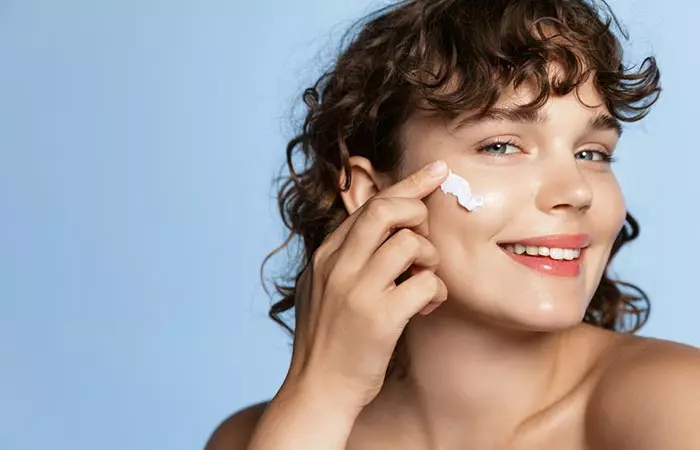
After microdermabrasion, the natural moisture cover of your skin is removed. So, your skin will need extra hydration and moisture.
4. Stay Away From The Procedure If You Have Skin Issues
This includes dermatitisi A common allergic, inflammatory condition that causes itchy, red, bumpy, and cracked skin or a rash. , rosaceai A common long-term inflammatory skin condition that causes flushing and visible blood vessels on the face. , eczema, psoriasisi A chronic autoimmune skin condition that forms scales and itchy, scaly patches and causes skin inflammation. , severe cystic acne, herpes, and open sores. Microdermabrasion will aggravate the conditions.
 Quick Tip
Quick TipDermabrasion and microdermabrasion are two facial rejuvenation techniques, but they differ significantly in their methods and results. Find out how in the next section!
Microdermabrasion Vs. Dermabrasion
Microdermabrasion, as mentioned in earlier sections, is a less invasive procedure primarily performed in spas or skin care clinics. It employs a gentler exfoliating approach to remove the outermost layer of skin, making it suitable for mild skin issues and promoting a smoother texture. Additionally, it is generally more budget-friendly, with prices ranging from $75 to $200 per session, making it accessible for regular skin maintenance.
Dermabrasion, on the other hand, is an invasive procedure and has a more aggressive approach compared to microdermabrasion. It is typically performed by a dermatologist or plastic surgeon and involves the removal of the top layers of skin using a rotating instrument. It effectively treats and may fade deep scars from acne or injury. Plus, dermabrasion, due to its complexity and the need for a qualified medical professional, can be considerably more expensive, often running into several hundred or even thousands of dollars per treatment.
The choice between the two depends on the severity of your skin concerns and your desired level of invasiveness. Therefore, consult a skin care professional to determine which option is best for you.
Microdermabrasion facial is a non-invasive procedure that involves using a device with a crystal or diamond tip to remove dead cells from the uppermost layer of your skin. This pushes the skin to start producing collagen to generate new skin cells. Getting microdermabrasion facials improves blood circulation, unclogs and shrinks your pores, reduces pigmentation and dark spots, and gives you glowing skin. While a microdermabrasion facial is safe, you may experience temporary side effects such as redness, tenderness, and broken blood vessels. To make sure that the effects of the facial last, stay away from the sun for a few days and moisturize your skin.
Frequently Asked Questions
How long does one session take?
Typically, one microdermabrasion session takes about 30 minutes to an hour. However, you are likely to require multiple sessions in definite intervals to achieve the right results.
How often will I need to have microdermabrasion done?
Once monthly is sufficient for most people.
How much does microdermabrasion cost?
The cost of the procedure may vary – somewhere between $75 and $200.
How long does the effect last?
The effects may last for 6-12 months or longer, depending on how well you take care of your skin.
Will my skin peel after microdermabrasion?
It is common to experience minor peeling or flaking after skin resurfacing procedures such as microdermabrasion. You can use a hydrating moisturizer to keep your skin hydrated.
Illustration: Microdermabrasion Facial: Benefits And How It Works
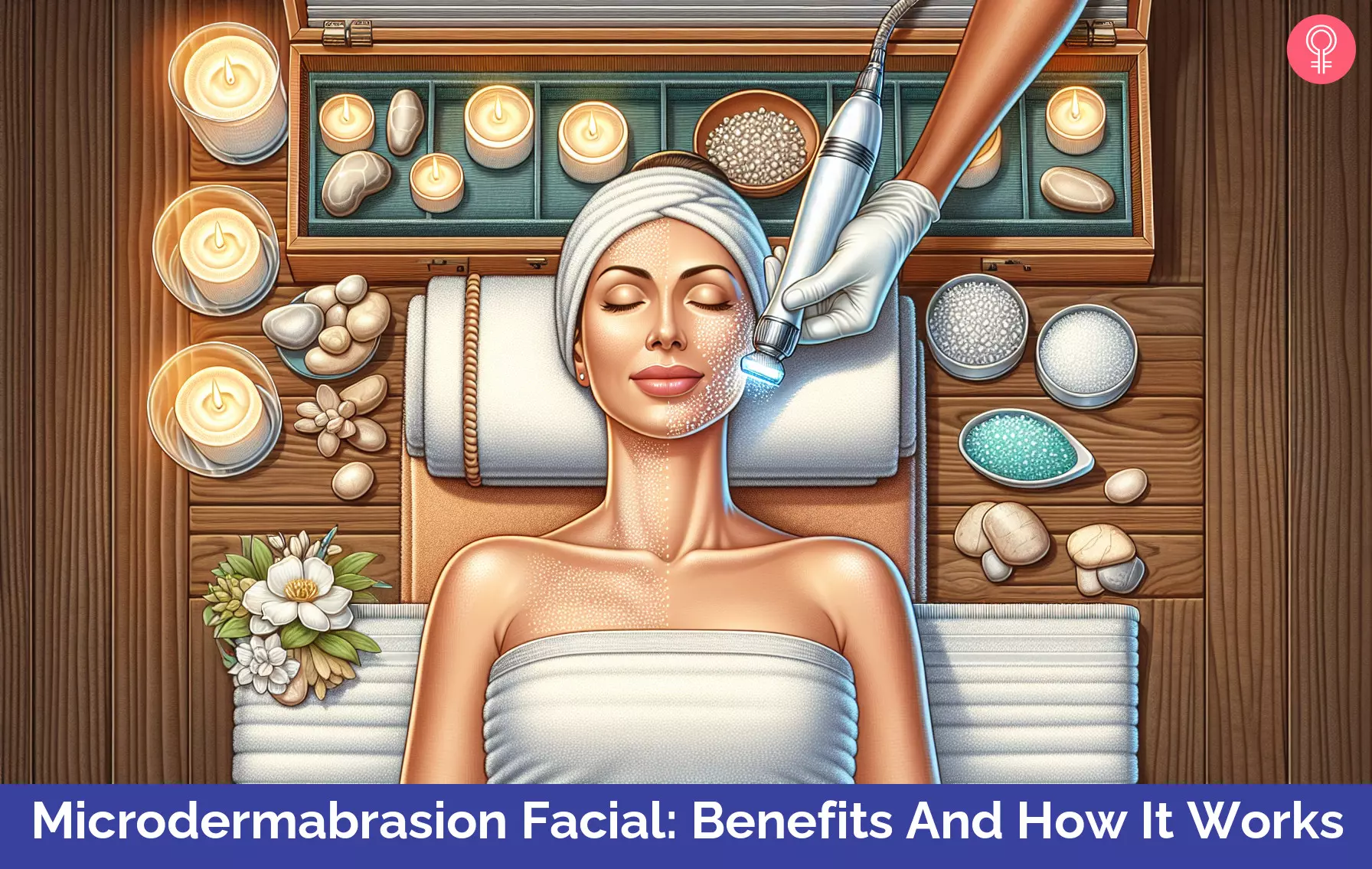
Image: Dall·E/StyleCraze Design Team
Step into the world of microdermabrasion facials with this captivating video. Check it out to witness a live demonstration of this popular treatment that can help you achieve smoother, more radiant skin.
Personal Experience: Source
StyleCraze's articles are interwoven with authentic personal narratives that provide depth and resonance to our content. Below are the sources of the personal accounts referenced in this article.
(i) My Microdermabrasion Experiencehttps://sincerelymissashley.blogspot.com/2018/03/my-microdermabrasion-experience.html
References
Articles on StyleCraze are backed by verified information from peer-reviewed and academic research papers, reputed organizations, research institutions, and medical associations to ensure accuracy and relevance. Read our editorial policy to learn more.
- Microdermabrasion
https://www.ncbi.nlm.nih.gov/books/NBK535383/ - Aluminum oxide crystal microdermabrasion. A new technique for treating facial scarring
https://pubmed.ncbi.nlm.nih.gov/7773601/ - Skin resurfacing procedures: new and emerging options
https://www.ncbi.nlm.nih.gov/pmc/articles/PMC4155739/ - Hydradermabrasion: an innovative modality for nonablative facial rejuvenation
https://pubmed.ncbi.nlm.nih.gov/19146604/ - Safe and effective home-use microdermabrasion: quantitative evaluation of the effect on blood perfusion pigment removal and cell renewal
https://www.researchgate.net/publication/351248929_Safe_and_effective_home-use_microdermabrasion_quantitative_evaluation_of_the_effect_on_blood_perfusion_pigment_removal_and_cell_renewal
Read full bio of Dr. Rhonda Q. Klein
Read full bio of Ramona Sinha
Read full bio of Anjali Sayee
Read full bio of Shiboli Chakraborti






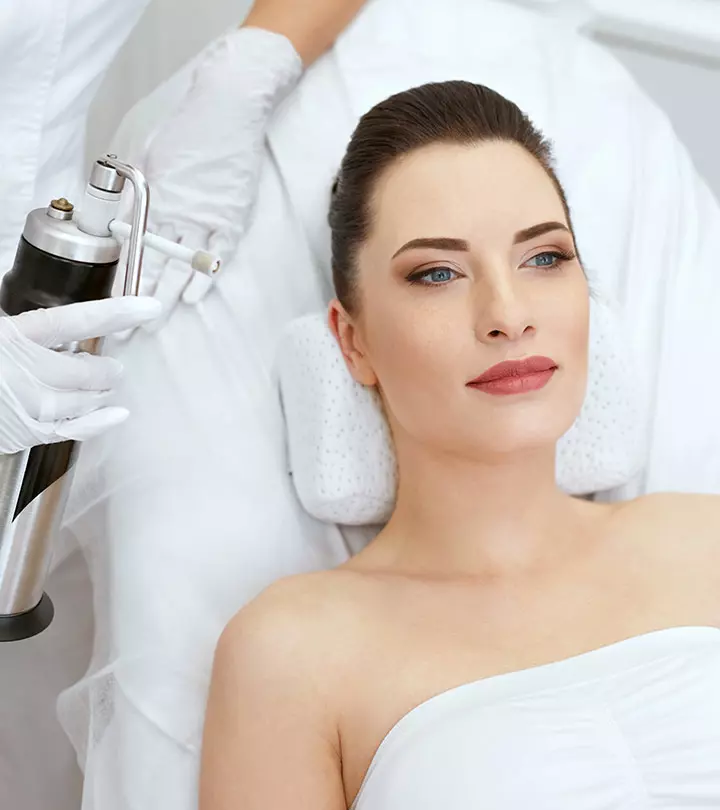
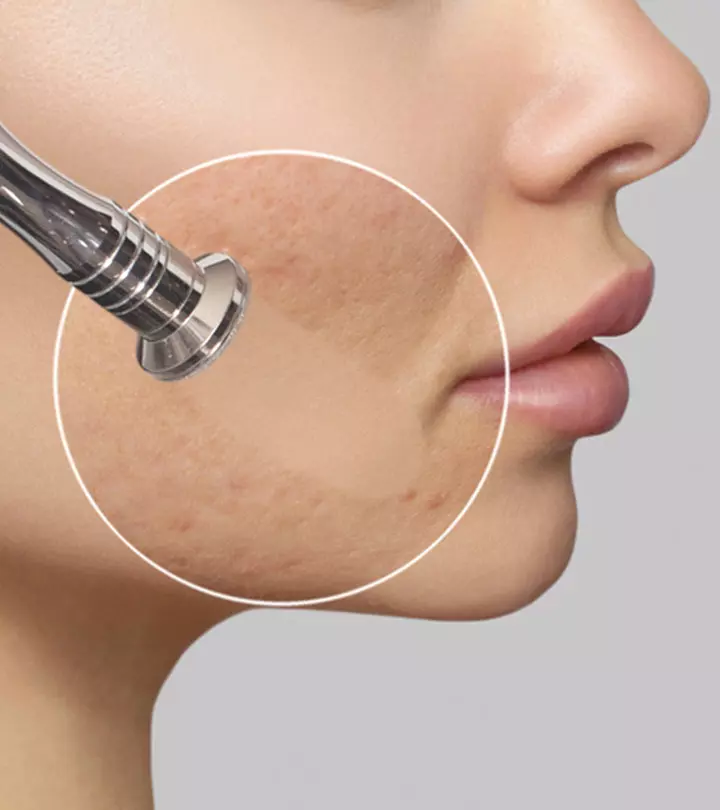

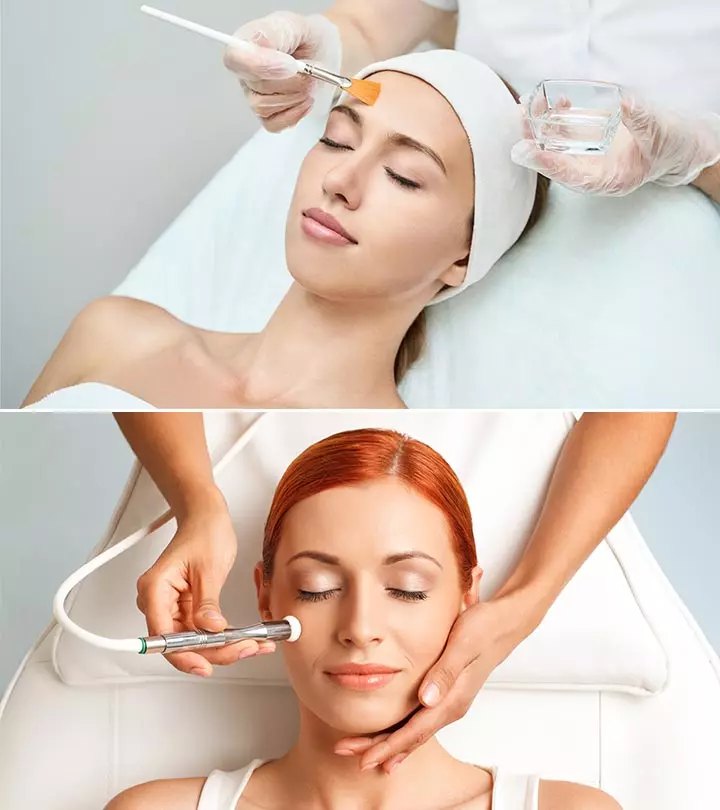
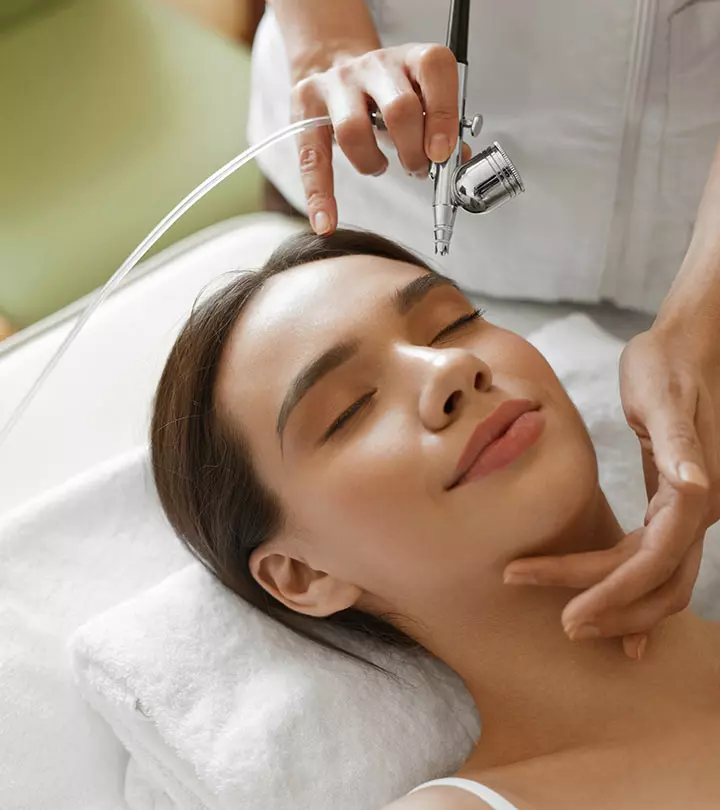
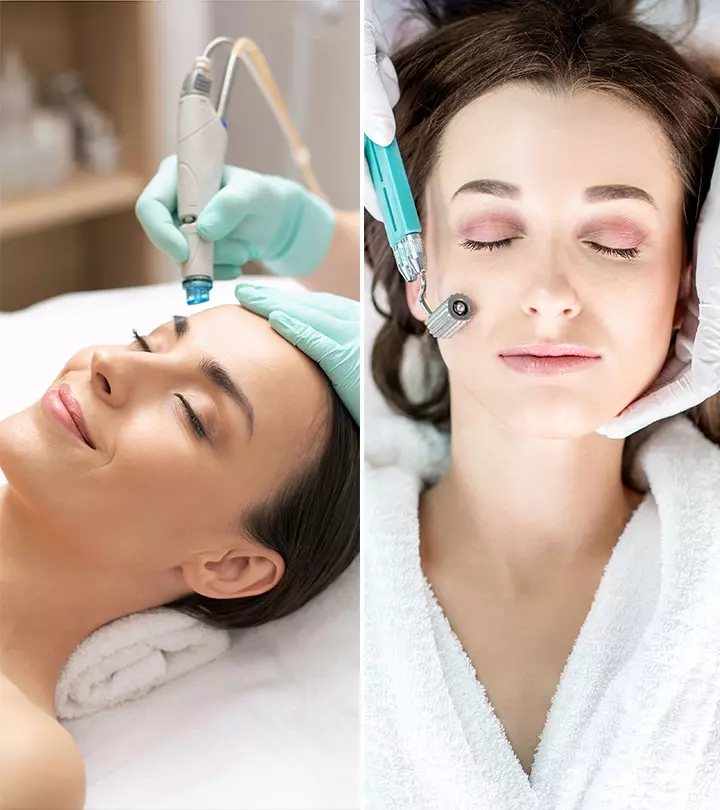
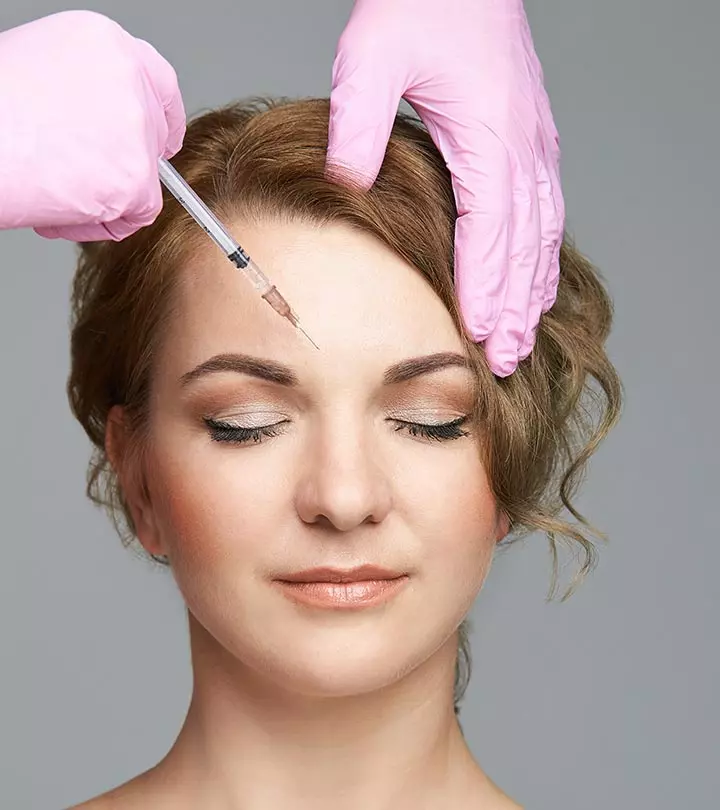
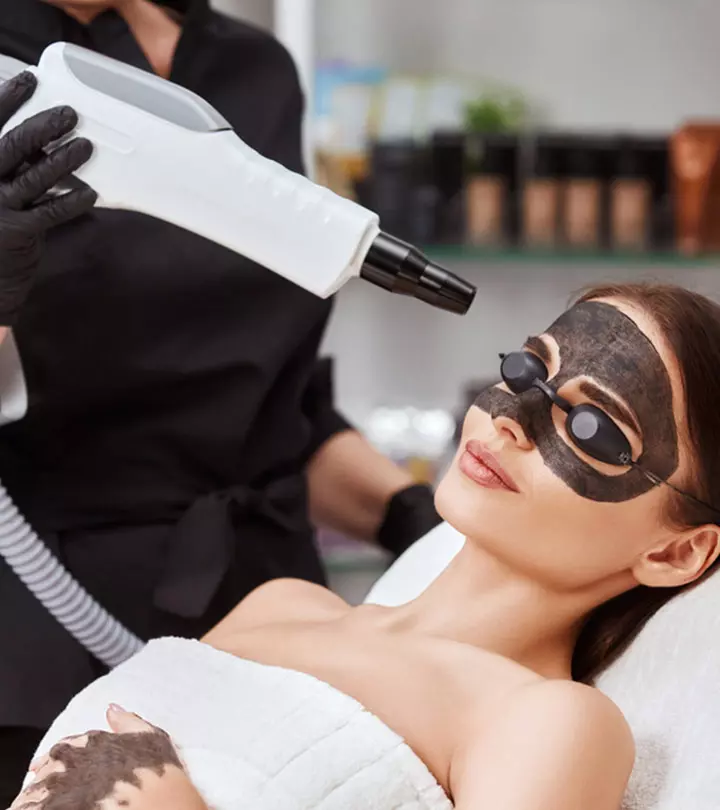
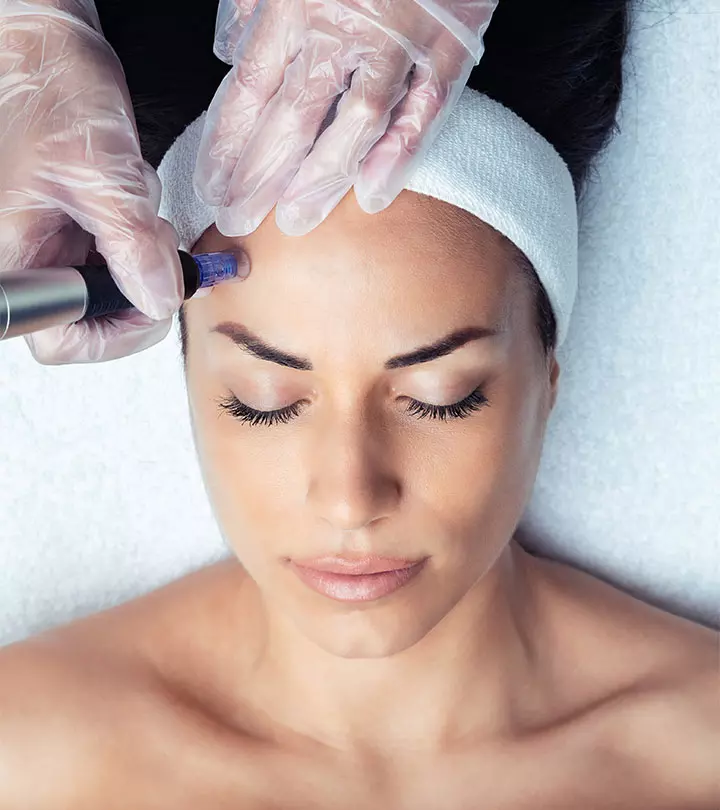
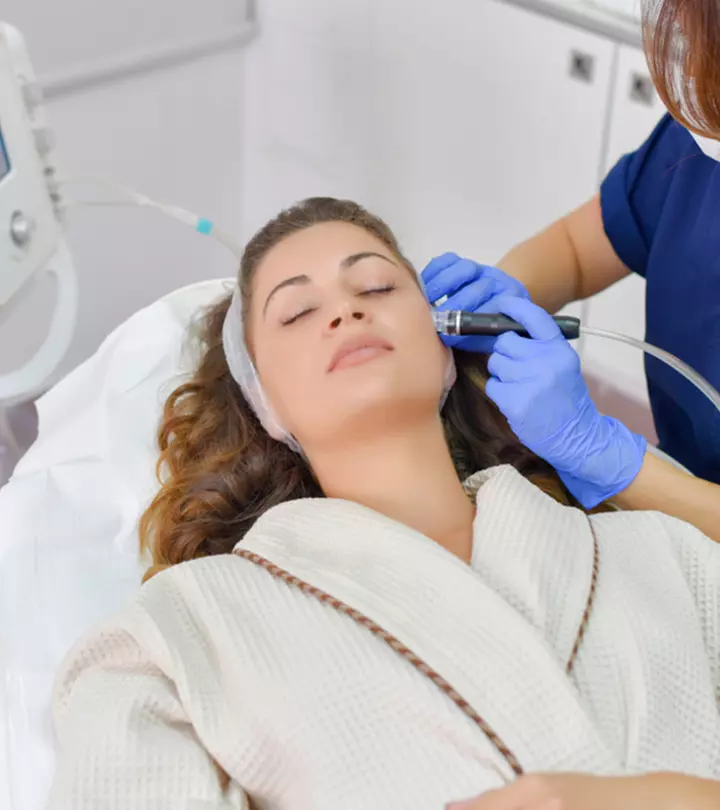

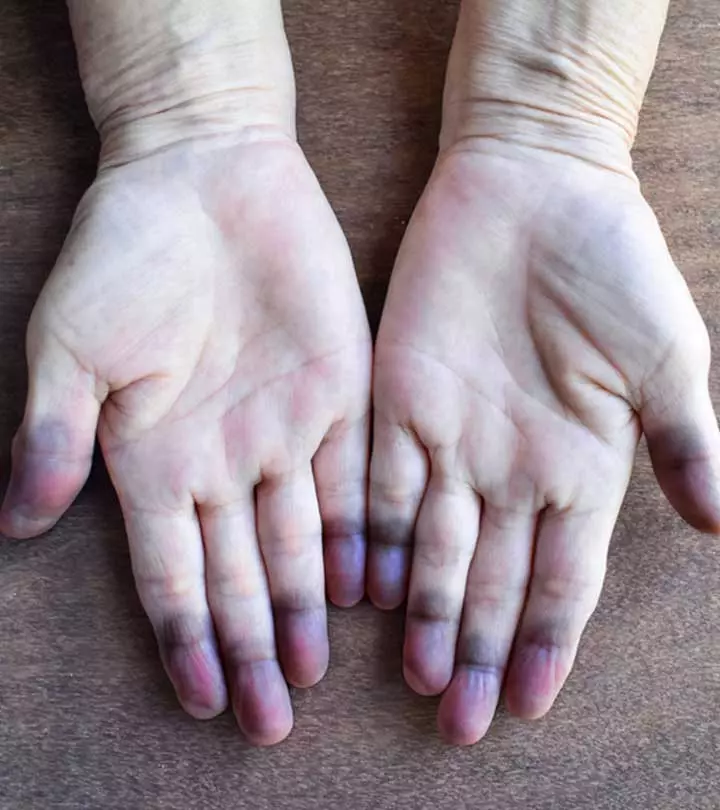


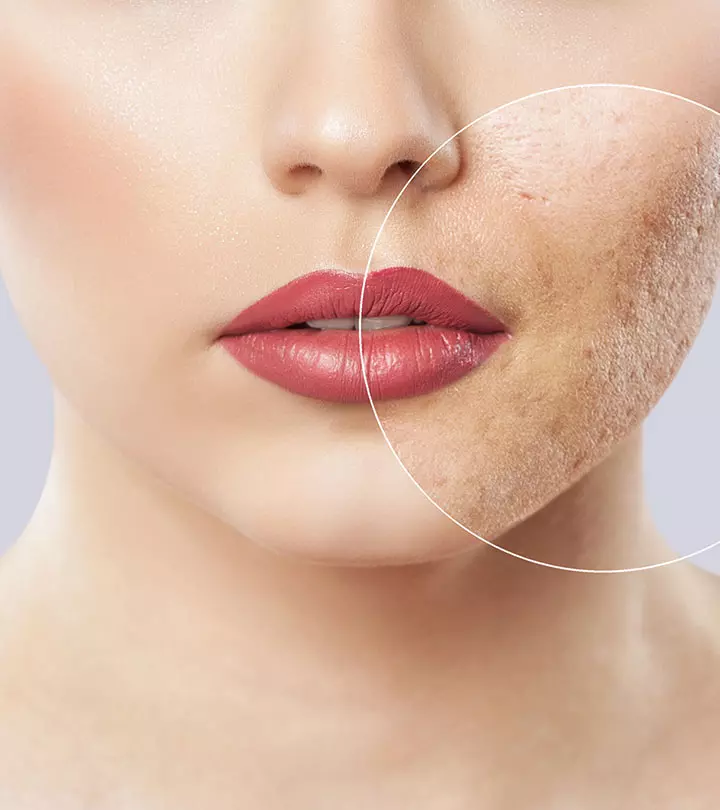
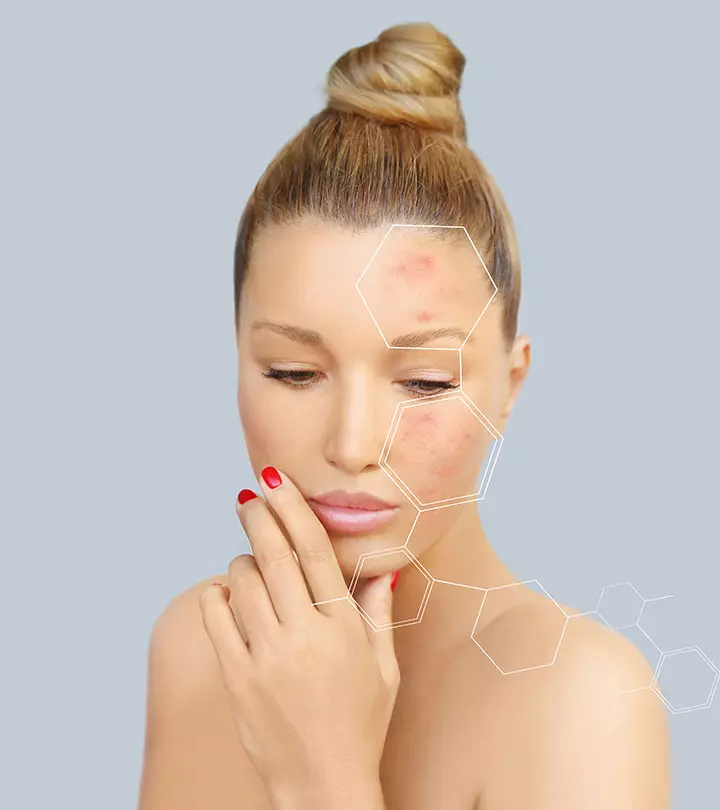


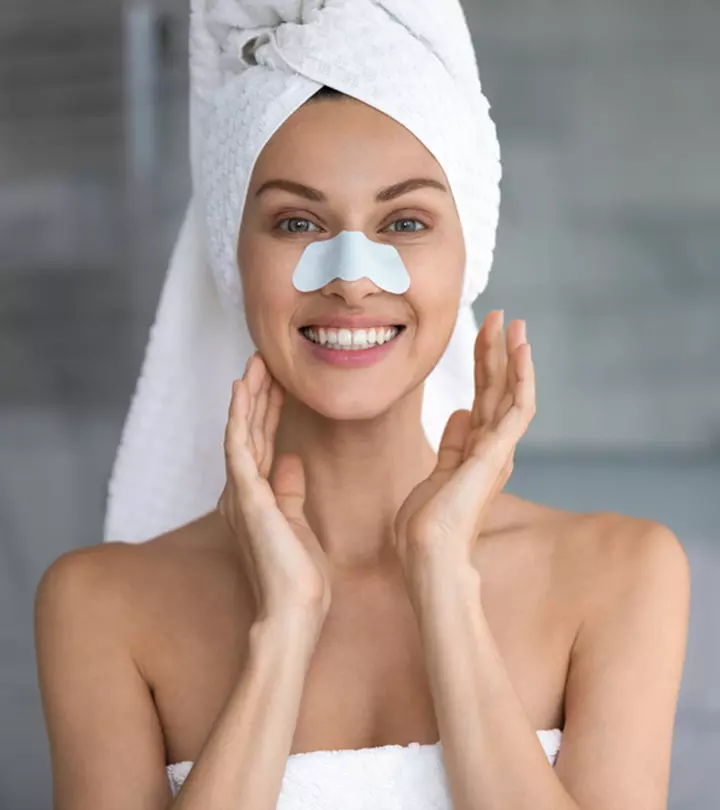

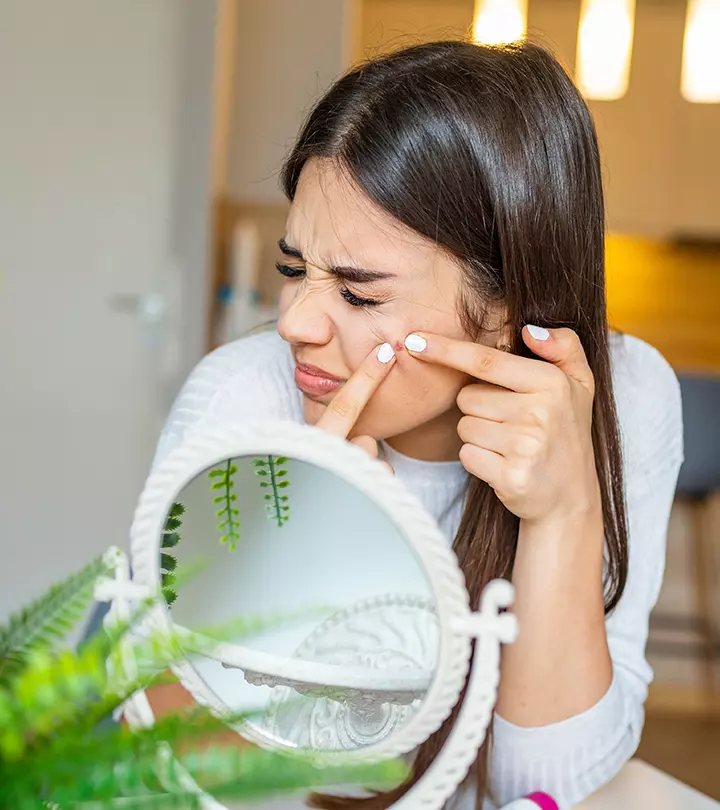
Community Experiences
Join the conversation and become a part of our empowering community! Share your stories, experiences, and insights to connect with other beauty, lifestyle, and health enthusiasts.